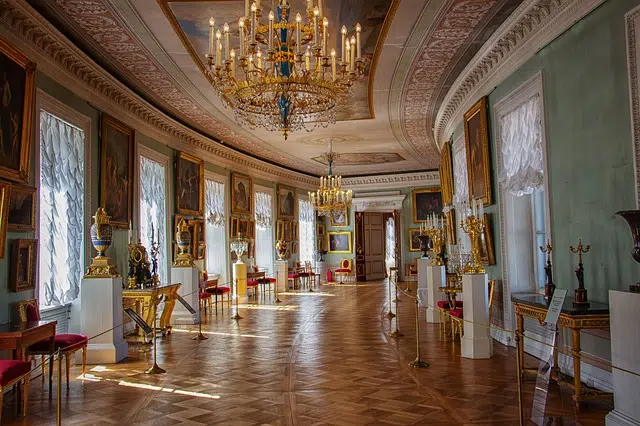
A museum houses and displays objects of historical, artistic or cultural interest.
From the Latin musēum , a museum is a place where collections of objects of artistic, cultural, scientific, historical, etc. interest are kept and exhibited . They are usually managed by non-profit institutions that try to disseminate human knowledge.
There are, however, private for-profit museums. In any case, museums are dedicated to researching, preserving and exhibiting collections that have cultural value .
Origin of museums
In ancient times, these types of collections were kept in temples and only displayed on special occasions. There were also private collections in the hands of the aristocracy, who displayed them in their gardens or residences so that they could be appreciated by their visitors .
The museum, as we know it today, emerged in the Renaissance . These entities usually have a staff of professionals, made up of curators, restorers, analysts and security personnel, among others.
The Louvre
There are many museums that exist in the world and that have managed to become a point of reference. This would be the case, for example, of the famous Louvre Museum, which is located in the French capital, Paris. It is a cultural center based in the old Louvre Palace.
It was in the 18th century that this exhibition space opened its doors, which has even been the setting for the work "The Da Vinci Code", one of the most relevant books of recent years at an international level. Whoever has the opportunity to visit it will be able to enjoy some of the best works in the history of art: "La Gioconda", "The Coronation of Napoleon", "The Raft of the Medusa", "Venus de Milo", "Code of Hammurabi”, “Victory of Samothrace”…

The Louvre Museum is one of the most famous in the world.
The National Prado Museum
In the same way, we must not forget the famous National Prado Museum in Madrid. It is another of the most important exhibition centers in the world thanks to its magnificent collection. It is made up of works of great value made by Spanish artists of the stature of Velázquez, Goya or Sorolla.
However, we should not overlook the interesting set of works on display that belong to international artists such as El Greco, Rubens, Titian, Boticelli, Dürer, Tintoretto...
Other institutions
The National Gallery in London, the Uffizzi Gallery in Florence, the Metropolitan Museum of Art in New York, the Reina Sofía Museum in Madrid and the British Museum in London are some of the most important and interesting museums in the world.
In addition to having a physical and fixed space for their facilities, some museums hold traveling exhibitions: in this way, they take their collections to different parts of the world and expand their audience.
The importance of security and virtuality in museums
Security plays a very important role in museums, given the value of the works kept inside. Museums usually have closed circuit television, alarms of different types and display cases to protect objects.
Currently, a museum that holds exhibitions through digital media is known as a virtual museum . In this way, a website, a CD-ROM or a DVD can host digitized works so that they can be enjoyed by society .
